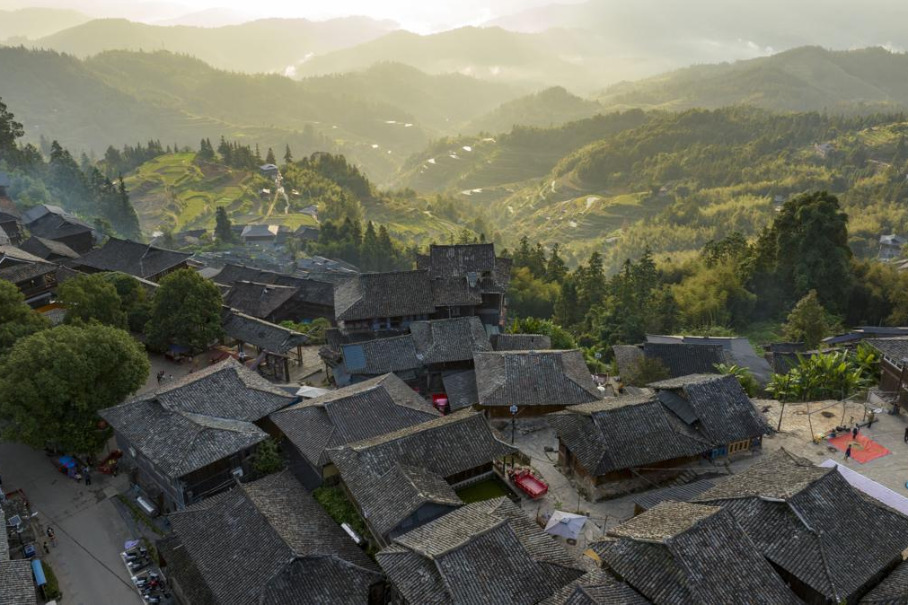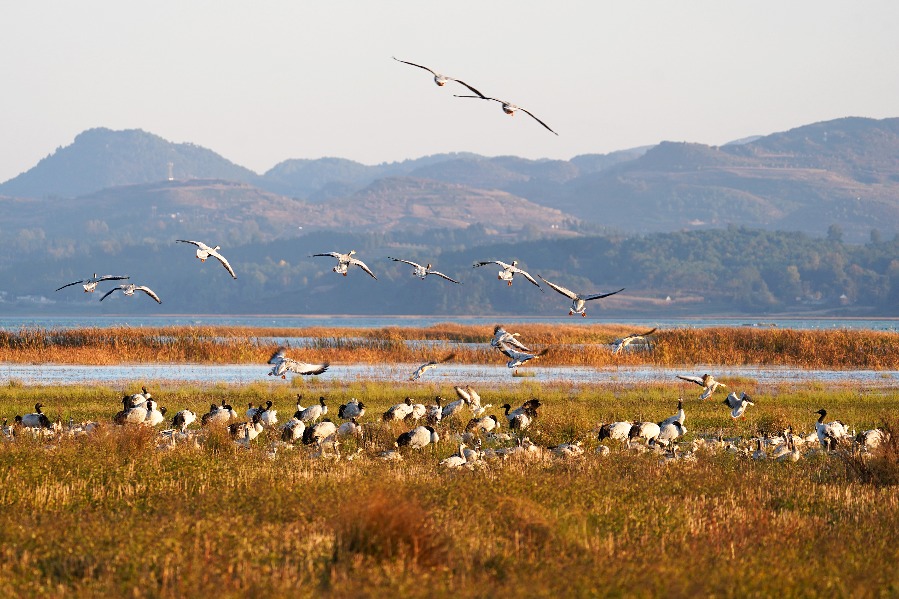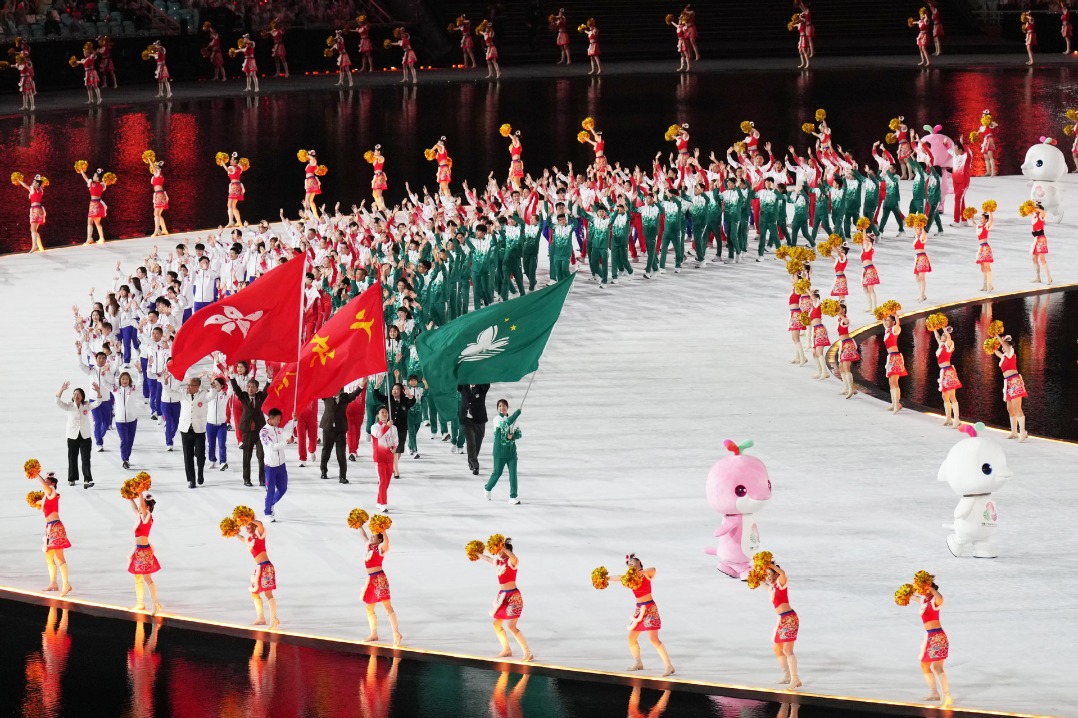Hydrothermal vent, cold seep discovered in same sea floor area in Antarctica


QINGDAO -- A hydrothermal vent and a cold seep, which were believed to exist in different ecosystems, have been discovered in the same sea floor area in the Antarctica, according to Chinese scientists.
A hydrothermal vent is a fissure in a planet's surface from which geothermally-heated water issues. A cold seep is an area of the ocean floor where hydrogen sulfide, methane, and other hydrocarbon-rich fluid seepage occurs, often in the form of a brine pool.
During a recent maritime research mission in the Antarctica, Chinese scientists aboard vessel "Xiangyanghong 01" collected samples of hydroxide and authigenic carbonate, products of hydrothermal vents and cold seeps, in the same place, said Li Tiegang, leader of the mission.
"The two samples were discovered only about 200 meters apart and in the same geologic structure," said Li, also the director of First Institute of Oceanography of the State Oceanic Administration. "It shows that a hydrothermal vent and a cold seep co-existed in the area, a phenomenon that has never been discovered before."
With no visual devices, scientists were unable to determine whether there were living hydrothermal vents or cold seeps.
Until recently, all life on Earth was believed to be dependent on the sun. But in the past decades, several deep-sea ecosystems, including those where hydrothermal vents or cold seeps exist, have been discovered that utilize an alternative source of energy.
During a 46-day mission that ended in mid-February, Xiangyanghong 01 conducted surveys in the Atlantic sector of the Antarctica in various fields, including marine geology, geophysics and environment, as well as seabed topography and mapping.
- China-SA science exhibition showcases innovation, cultural exchange
- China opens draft regulations on data protection to public consultation
- Veteran French physicist elected to Chinese Academy of Sciences
- Former Polish deputy PM praises China's economic rise, growing influence
- HK powers the nation's equestrian development
- Forum hailed for promoting Global South modernization




































